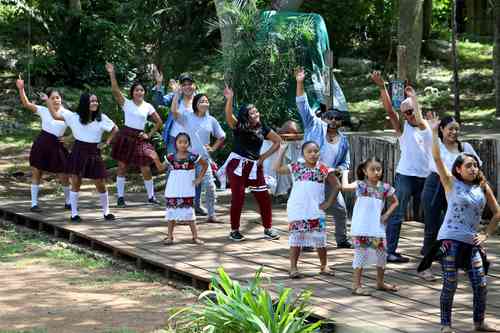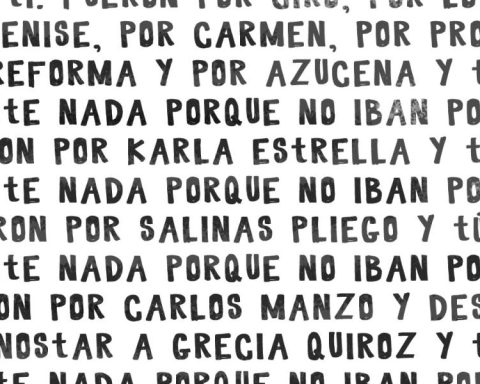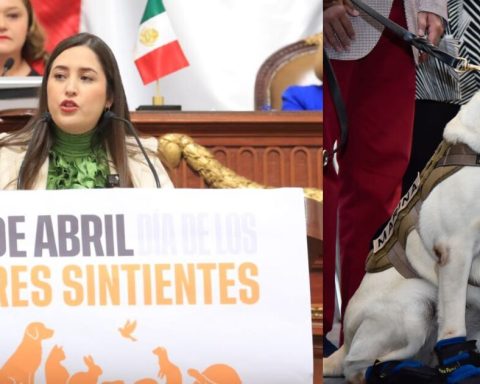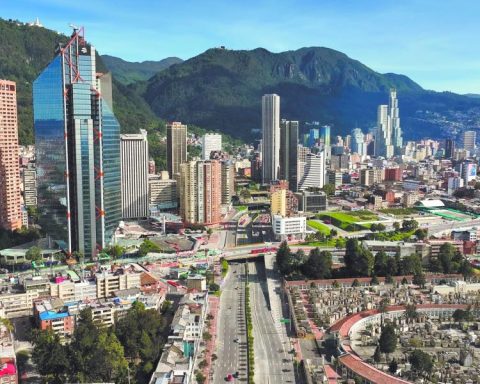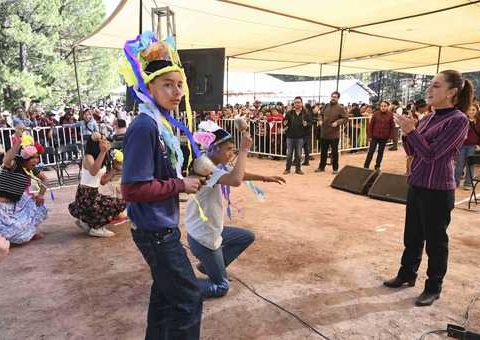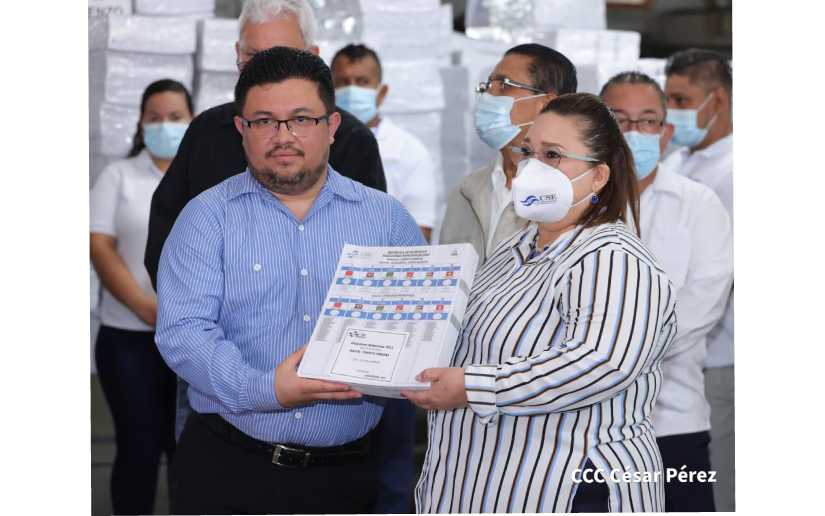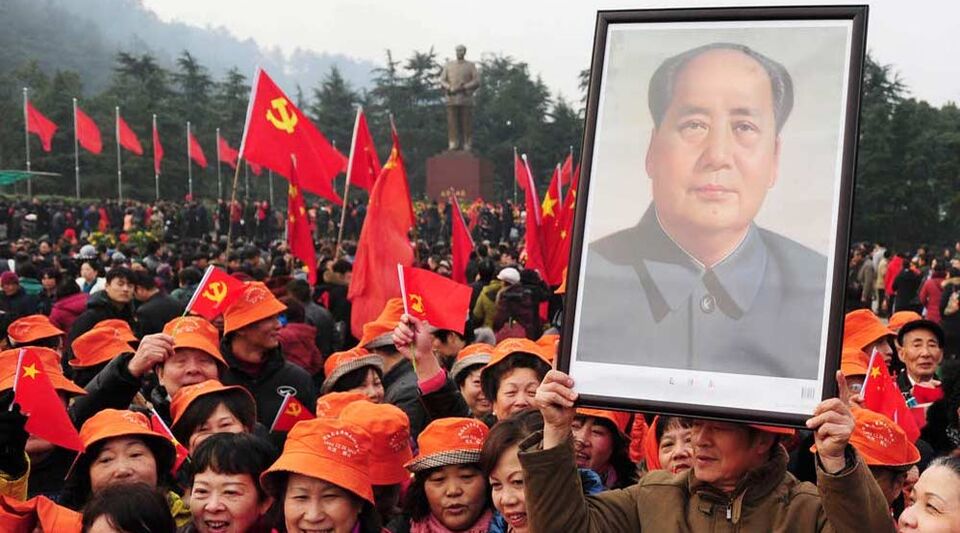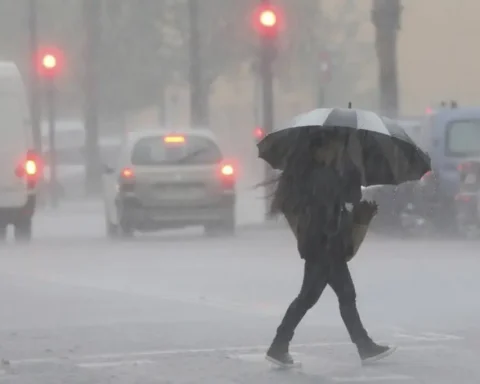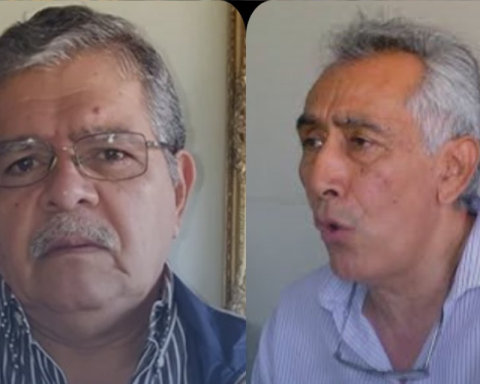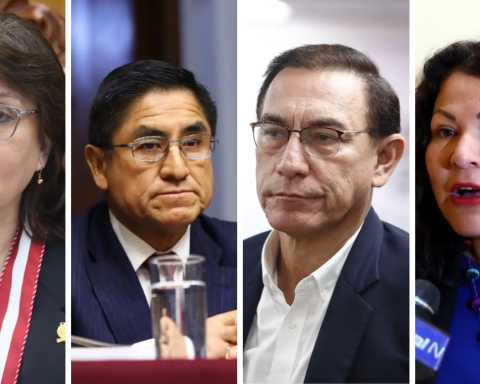▲ Members of the Peasant and Indigenous Theater Laboratory during a performance.Photo Roberto Garcia Ortiz
Laura Poy Solano
sent
Newspaper La Jornada
Saturday October 22, 2022, p. 4
Valladolid, Yuc., In a scenic area nestled in the Xocén jungle, a group of indigenous playwrights and actors perform works in the Mayan language by William Shakespeare, Federico García Lorca, Emilio Carballido… They are part of the Peasant and Indigenous Theater Laboratory (LTCI ) established by María Alicia Martínez Medrano, creator of a vast cultural movement in Mayan territory.
Conceived as a theater by and for the people, Martínez Medrano –who died in 2018– founded, together with Cristina Payán, the LTCI in 1983 in Oxolotán, Tabasco, and with the support of Julieta Campos, wife of the then governor of that state, Enrique González Pedrero, managing to stage, for the first time in the jungle, Blood Wedding, of Garcia Lorca.
Later, in 1989, both the playwright and Delia Rendón, current director of the LTCI, always with the support of Cristina and Carlos Payán, who years before had founded the dayestablished the second headquarters of these theatrical laboratories in Xocén.
Three decades later, for that community the peasant theater is its main pride. Its inhabitants say that in the place where the cultural project was established, a unique stone was found, which ancient settlers called a bell. tunic because of the sound that it reproduces when hitting it, which means party, joy and fun.
In that place, the theatrical education system created by its founder is applied, which allows and encourages the performance of Mayan farmers and indigenous people from Xocén and surrounding towns.
This space was lent to us by the community more than three decades ago so that we could do the theater, and it belongs to them. We arrived in August 1989. First we came to ask them if they wanted to do theater with us, because we also wanted to come and live in the community. At first they agreed with distrust, with a little suspicion, because they did not know us, but they gave us their consent to start
Rendon recalls.
In a clearing in the jungle, in the open air, they take advantage of the natural light and the sounds of the birds and animals of the forest for their production. Its seats are white stones typical of the land, and are sheltered from the heat under the treetops. Once they have been translated into Mayan by community playwrights –regardless of what they do–, they advertise works such as “Who’s there? (?Máax yan te’elo?)”, a comedy of entanglements by Emilio Carballido, which elicits resounding laughter from the spectators.
That the theater is in our community is a pride. I like to come to see my friends, neighbors and classmates perform, you can laugh, cry or get angry, plus they speak my language and that helps us preserve it
says Lorenzo, a resident of the community, who has also participated in the assembly of some sets.
With the staging of Carballido, and the play Xiu, hashish, churroby Maricela Canul Nahuat, in which the risks of drug use are warned, the inhabitants of Xocén celebrated last September the graduation of the first graduates of the Valladolid campus of the Benito Juárez García Universities for Welfare (UBBJ).
Mayan language productions
To create the scenic space, We invite children and young people. We began to give voice, diction, biomechanics and dance classes, to do theater exercises, first of the animals, representing their environment, and then the inhabitants narrated their stories, what happened to them at home, at school. Thus, people came closer and we achieved great productions in the Mayan language.
Rendon says.
Remember that in the 1980s, when the LTCI emerged, the theater was for the indigenous communities of the southeast of the country their only fun
, because at that time there was nothing, neither cell phones nor television. They came to class every day and applauded, they said what they thought, they told us: ‘we didn’t listen to this one, we did listen to him’, and they became critics of the theater, as they have until now”.
Indigenous peoples, he stresses, are theater people. They did it, although they will not call it that, since pre-Hispanic times. If we see their ceremonies, their offerings, all the rituals they have, they are very theatrical
.
Nataly Andrea, Norma Aracely, Jheymmi Esmeralda, originally from Xocén, actresses and high school students, attend acting classes since they were four years old. For them, the stage space “is a source of pride. It is our culture. Here we represent the work Mayan sacred momentsby the teacher María Alicia, with more than 200 actors”.
Expressing oneself in Maya is not only everyday in the community, It is a huge pride. We value our language by communicating with it, it is a unique thing. It is something that should not be lost, it is a custom like gold, it is worth a lot
says Nataly Andrea, who remembers that a friend of hers, a high school student, wrote one of the most entertaining works.
The Mayan language unites not only the community with the theater, but also with the work carried out by dozens of students from the Valladolid branch of the UBBJ, who develop their skills as future teachers with classes in theatrical expression. Silvia Duarte Rosas, academic coordinator of the headquarters, assures: theater is art, education, because a teacher has to be an actor. He has to feel, to live in the moment, to express knowledge with emotion and strength
.
